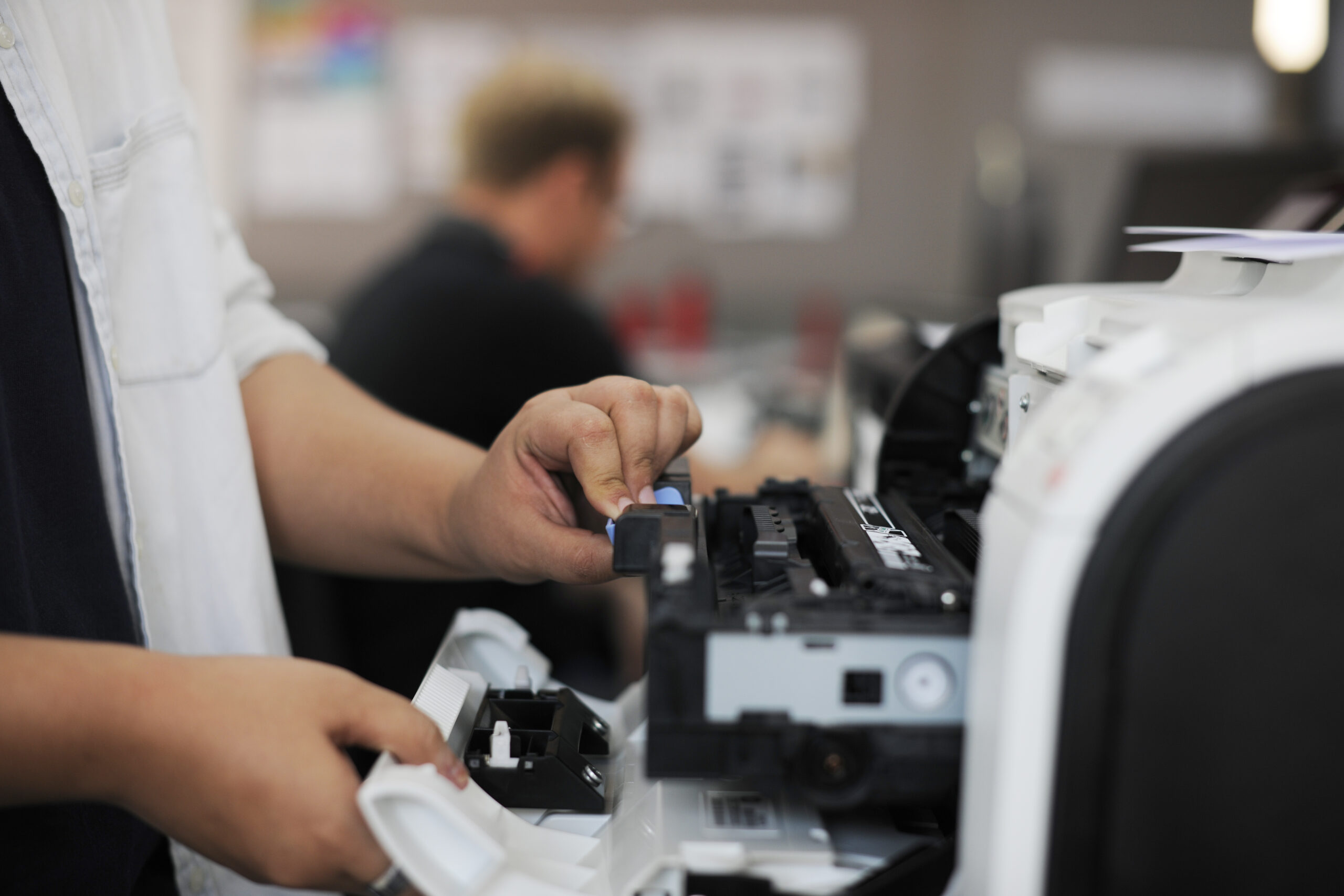If you have already gone through our previous articles on the topic of the printer components, it’s time deepen your knowledge even more. This time, we are going to speak about fuser assembly, power supplies, turning gears and system board.
Fuser Assembly
Fuser assembly is separate from the toner cartridge almost always. It is easy to locate and would always remain in a certain position inside the printer, which is close the bottom of the toner cartridge and usually has two rollers that fuses the toner. In other cases you may have difficulty locating the fuser since it may be enclosed and the rollers may be hidden from the sight. If you need to locate the fuser, think about the path the paper has and the fact that the fusing will be the final step. Now find along the path.
After the eliminator has removed the static charge off the paper, the toner is hardly resting on top of the paper. The toner needs proper melting to stick to the paper for producing the right kind of image intended. There are two rollers, a pressure roller and a heated roller. They are used to fuse the toner on to the paper. The pressure roller is pressed against the bottom of the page, the heated roller is pressed down from the top of the page, with this pressure from both the bottom and top side of the page, the toner is the melted into the paper. To prevent the toner from sticking to the roller, the heated roller has nonstick coating like Teflon.
Power Supplies
Every printer, regardless of its type, has a power supply. When it comes down to laser printers, you need to be extra cautious. The corona inside the printer require high voltage from the power supply. This makes a laser printer one of the most dangerous machine in the industry. Anytime it needs servicing, make sure to completely turn off the power and unplug from the outlet or any power source.
Turning gears
Laser printers have tons of mechanical functions. Firstly, the paper is grabbed by the pickup roller. Then they are passed over to the separation pad, which is done by using friction that separate sheet from any others pick ups. Now, the photosensitive roller is turned and the laser, or a mirror, moved back and forth. The toner is equally distributed, and the fuser assembly squish the toner to ensure the toner is properly melted into the paper. Eventually, the paper is slid out of the printer and the assembly needs cleaning to get ready for the next page.
There more advanced printers that enables duplex printing, which means the are able to print on the both sides of the paper. This is a kind of mechanical function, with a dedicated duplexing assembly that is used for reversing the paper.
System board
Laser printers have at least one electronic board. On this board, there is a main processor, the printer’s ROM, and the RAM that is used to store the image right before it is printed. Many of these printers are divided into these functions among two or more boards across the printer, called sub-logic boards. In an older printer, you may also find an extra ROM chip or/and a special kind of slot for an extra ROM chip, for special function like a PostScript.

